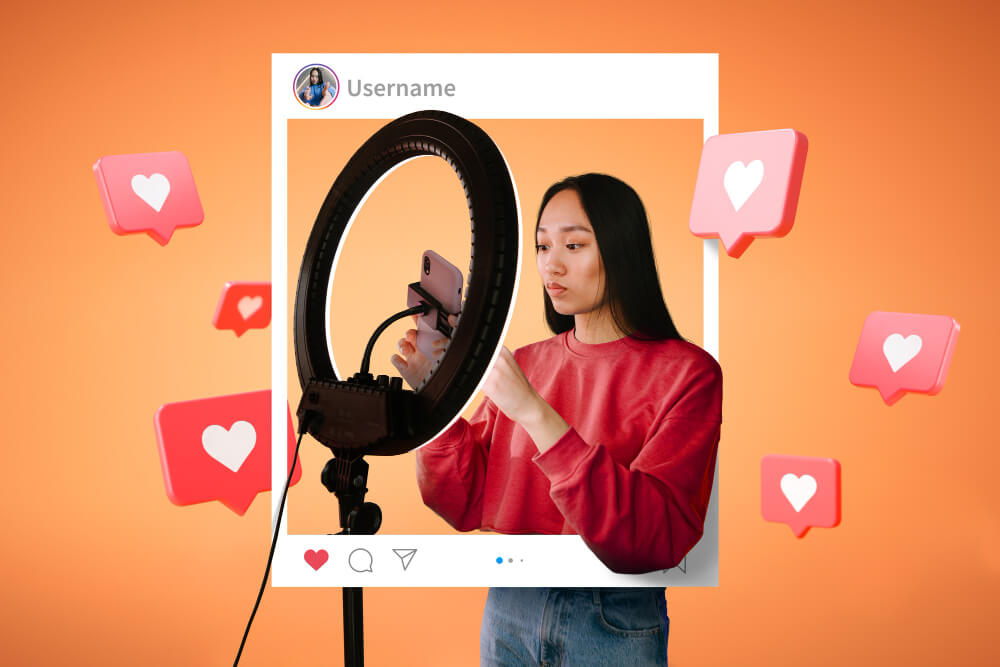10 TIPS FOR CREATING AN INFLUENCER MARKETING STRATEGY!
As the world of social media and online marketing continues to evolve, so does the role of influencers. In the past, influencers were primarily used to reach new audiences and build brand awareness. However, as the influence of social media grows, so does the power of influencers.
Today, influencers can be collaborated with to drive sales, build trust and credibility, and create loyalty and advocacy. In other words, influencers can be a powerful tool in your marketing toolbox. But how do you create an influencer marketing strategy that works for your business?
In order to create a successful influencer marketing strategy, there are a few key things you need to keep in mind. Here are 10 tips to help you get started:
1. Define your goals and objectives:
What are you trying to achieve with your influencer marketing campaign?
Just like any other marketing strategy, it’s crucial to outline key objectives for your influencer marketing campaigns. This will guide the entire process and allow for better monitoring and maintenance of your campaign performance.
Example: Drive sales, Bring Traffic, Brand Awareness, Product Launch, Engagement, Brand Recall, etc.

2. Do your research:
Who are the influencers in your niche? What kind of content do they produce and share? Influencer marketing can also be called brand representation. These people will be the faces of your business, so it’s critical that you find out everything about them. If you come across red flags like controversial views or opinions, you might need to reconsider your options.

3. Establish relationships with influencers:
Don’t just try to pitch them on your product or service – build a genuine relationship. Try understanding how they work and their style so it helps you in the future as well.

4. Create compelling content:
This is what will get shared by influencers, so make sure it’s high-quality and relevant to your target audience. Sometimes you can ask influencers to be original and create content on their own too.
Here’s an example of a collaboration that made a mark!
https://www.instagram.com/reel/CjZw7vTvptU/?utm_source=ig_web_copy_link

5. Be strategic about your placements:
Don’t just place your content anywhere – ensure it’s being placed in front of the right audience. It does not matter how great the content is if it is not reaching the right people. When strategizing your content, you should ask yourself: Who are my ideal customers? What type of content do they enjoy? What type of content will add value to their lives? Once you have established these answers, you can ensure that your content is placed in front of the right people. This could include researching target demographics and selecting channels that have the potential to reach a large and relevant audience. Identifying relevant content influencers or bloggers who have an engaged following could also be beneficial to your content strategy. Additionally, using data-driven methods to test different placements and channels can help you optimize your content placement for maximum reach and engagement.

6. Monitor your performance:
Keep track of your metrics so you can see what’s working for you and what isn’t. It’s critical that you’re able to isolate the effects of your influencer marketing campaign.
Some of the best analytics tools and metrics are
- Hyperauditor
- Cost Per Acquisition (CPA)
- Influencer Engagement Rate (IER)
- Sales
- Instagram Insights
7. Work with micro-influencers:
Allocate your marketing budget properly. Aiming for micro-influencers who have relatively small followings rather than pseudo-celebrities might yield better results. The most popular influencers in your industry will almost always be in high demand, so choosing to approach these elite influencers might end up being more trouble than it’s worth.

8. Be mindful of the budget:
Negotiate influencer prices. While it’s safe to base everything on the rate card, it’s still recommended to small talk your way around your campaign’s cost.

9. Make it look effortless:
Ultimately, you should be trying to do influencer marketing without making it look like influencer marketing. The idea of tapping into a new audience is to make it seem as organic as possible. Getting an influencer you can trust and who would create great content for sure will make it look more organic.

10. Look beyond followers!
Once again, it’s important to look beyond the number of followers an influencer has. What’s important is that the influencer has a healthy relationship with their audience. This involves significant levels of engagement on both sides, as well as a community-like system of support and debate. Focus on things like engagement rates and authenticity rates and the creators’ follower demography.


